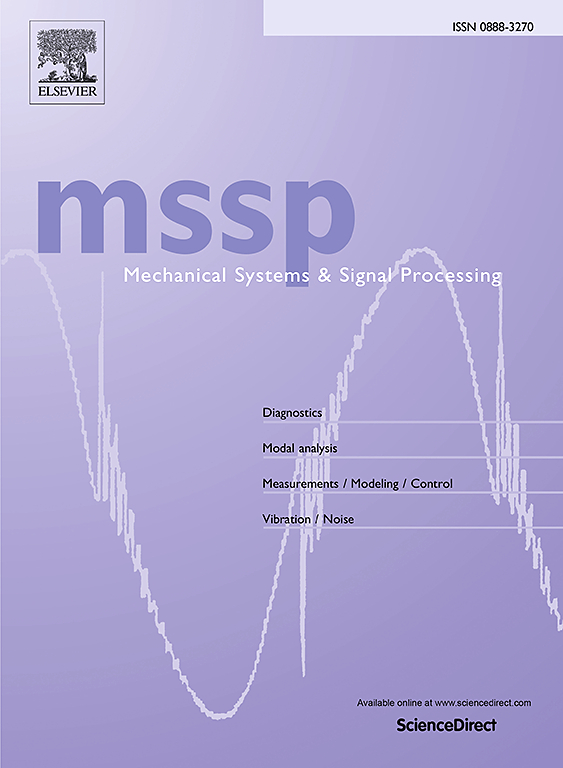High-fidelity integrated co-simulation model for dynamic analysis of onshore wind turbines with Steel–Concrete Hybrid Tower
IF 7.9
1区 工程技术
Q1 ENGINEERING, MECHANICAL
引用次数: 0
Abstract
The Steel–Concrete Hybrid Tower (SCHT) structure is complex and exhibits significant nonlinear characteristics, presenting a longstanding challenge in dynamic modeling and analysis within the industry. In this study, a wind-rotor-tower integrated coupling model is established using the subsystem co-simulation method to facilitate the dynamic analysis of detailed structures. A multi-body model of the rotor and nacelle assembly is created using Simpack, while a nonlinear finite element model of the SCHT is developed in Abaqus. The co-simulation engine enables data exchange between the different solvers, allowing for detailed modeling of the tower structure while maintaining analysis efficiency. Therefore, a high-fidelity integrated co-Simulation model is established accordingly. This approach enables the nonlinear time history analysis of onshore wind turbines with SCHT under coupled wind load effects. Comparative analyses with OpenFAST validates the effectiveness of the proposed subsystem co-simulation method. Subsequently, the proposed method is used to study the dynamic response of wind turbines with SCHT, investigating their distinct behaviors. Additionally, a novel transition section is proposed to mitigate both displacement and stress amplitude in the bolts.
求助全文
约1分钟内获得全文
求助全文
来源期刊

Mechanical Systems and Signal Processing
工程技术-工程:机械
CiteScore
14.80
自引率
13.10%
发文量
1183
审稿时长
5.4 months
期刊介绍:
Journal Name: Mechanical Systems and Signal Processing (MSSP)
Interdisciplinary Focus:
Mechanical, Aerospace, and Civil Engineering
Purpose:Reporting scientific advancements of the highest quality
Arising from new techniques in sensing, instrumentation, signal processing, modelling, and control of dynamic systems
 求助内容:
求助内容: 应助结果提醒方式:
应助结果提醒方式:


